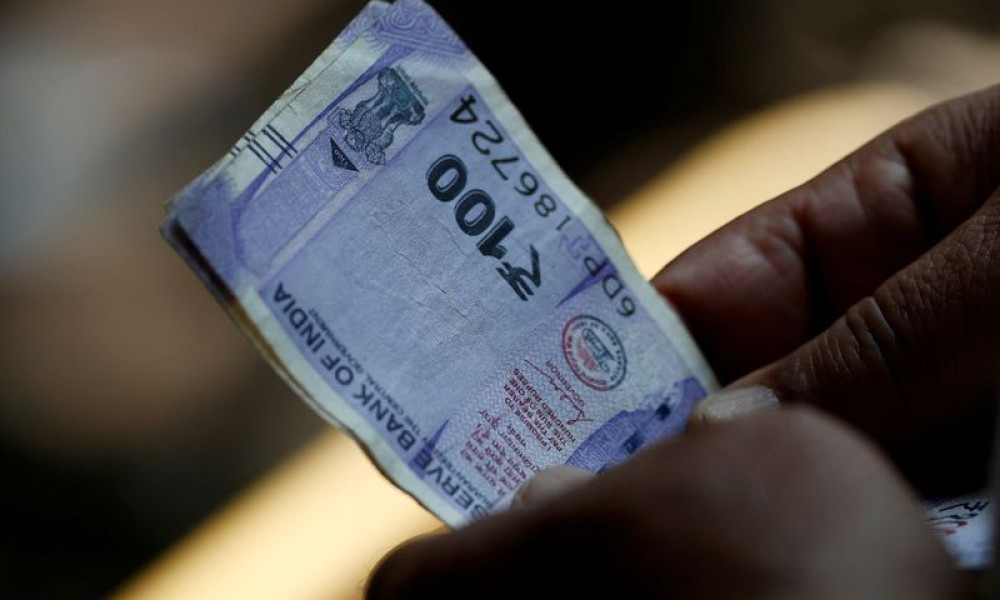The Indian rupee and government bonds are set to react to the U.S. Federal Reserve’s upcoming commentary. This follows a widely anticipated rate cut, with markets keenly watching for guidance on future policy moves. Overseas flows will also play a crucial role in shaping trends.
Markets have fully priced in a 25 basis point rate cut at the Fed’s meeting. Investors are focused on the policy path beyond October, expecting further incremental reductions. The tone from the Fed will be pivotal for global financial conditions.
The dollar has weakened significantly, providing a boost to emerging markets. Philippe Gijsels of BNP Paribas Fortis noted that this trend benefits Indian assets. He expects these supportive flows to continue in the near term.
Indian bonds and equities have already seen positive effects from these dynamics. Gijsels emphasized that the favorable environment should persist. This optimism is rooted in the broader weakening of the dollar.
The rupee has climbed 1% against the dollar over the past two weeks. This rise was supported by the Reserve Bank of India’s dollar sales. Bankers indicate the currency remains steady near the 88 level.
Kunal Kurani from Mecklai Financial sees the 88 level as a near-term top for dollar/rupee. He highlighted that importer and exporter flows will be key determinants. Market participants should watch these factors closely.
Kurani projects the rupee to trade between 87.50 and 87.90 this week. This range is based on Friday’s closing rate of 87.8450. Fluctuations will depend on incoming flow data and external cues.
India’s 10-year benchmark bond yield settled at 6.5345% on Friday. It rose 2 points week-on-week amid uncertainty over the RBI’s rate trajectory. Optimism about a potential U.S. trade deal offers some growth cushion.
Traders anticipate the benchmark yield to stay in a 6.51% to 6.58% band. Few catalysts are expected aside from the Fed’s policy outlook. This makes the Fed’s decisions even more critical.
Many market participants expect an Indian rate cut in December. Firms like Nomura and Capital Economics predict another reduction in February. This could bring the repo rate down to 5%.
Foreign inflows into Indian government bonds are rising steadily. They are nearing $1 billion for the third month in a row. This trend underscores growing international confidence.
Sustained bond inflows could become a key trigger if rate cuts are postponed. Traders are monitoring this closely for signs of momentum. It represents a significant shift in investment patterns.
Key data releases this week include India’s September industrial output and fiscal deficit figures. These will provide insights into domestic economic health. Timing and outcomes could influence market sentiment.
U.S. economic indicators like durable goods and consumer confidence are also on the radar. The Fed’s policy decision and GDP estimates will be closely watched. These events will shape global risk appetite.
The core PCE index release will offer further clues on inflation trends. Combined with other data, it will inform the Fed’s future actions. Markets remain alert to every development.

